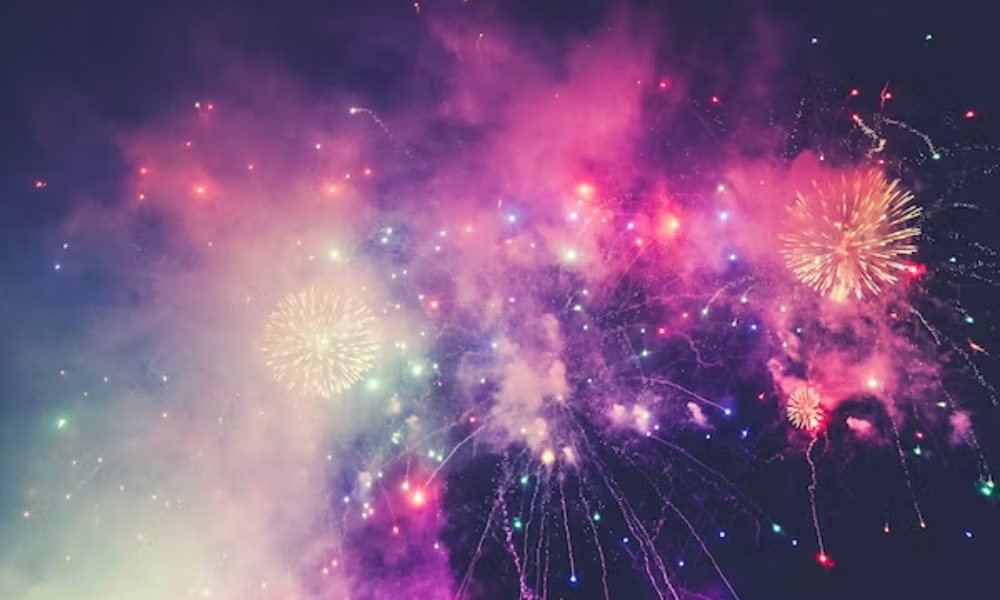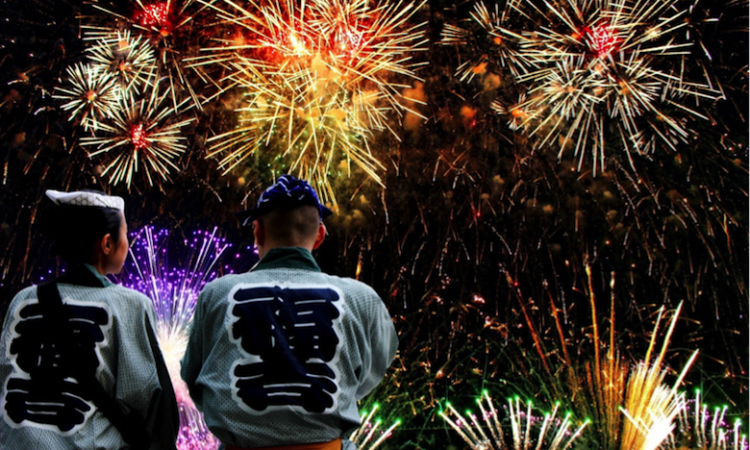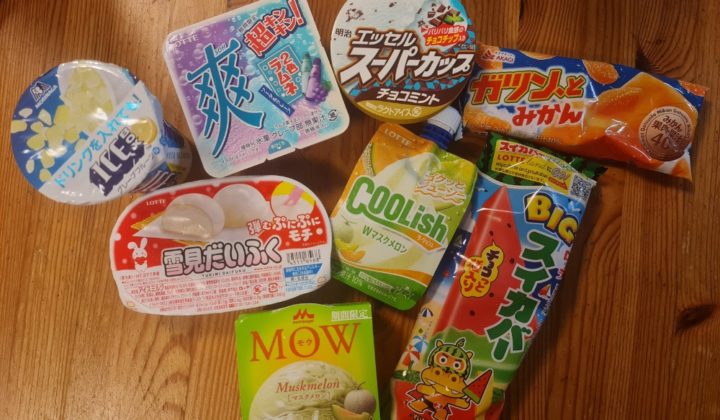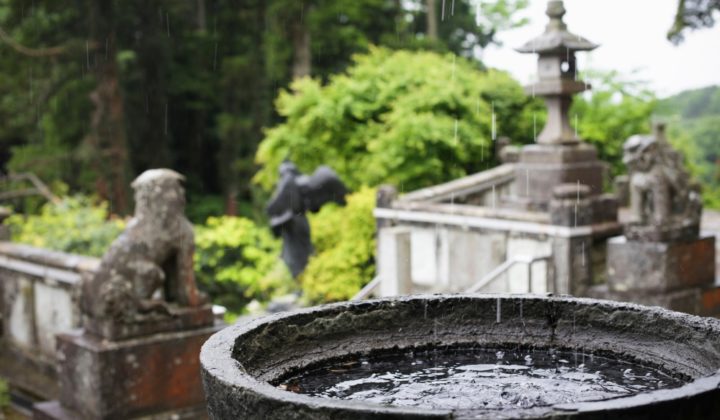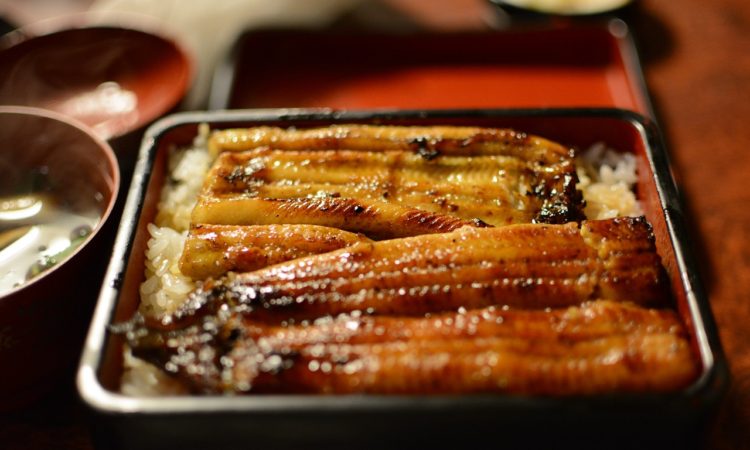In Japan, when you hear the word “fall”, moon-watching comes to mind. For winter, you think snow. Spring? Think sakura. So now that it’s summer, it’s time to think hanabi! Hanabi season is almost upon us, and that means it’s time to appreciate those absolutely beautiful fireworks.
Hanabi (花火, literally meaning flower fire) festivals are one of the oldest (if not the oldest) festivals to take place in Japan. They have a long history and are now integral to summers in the country. These fireworks have several shapes and forms. They range from the usual smaller types to never-before-seen specimens that are 1.2 metres in diameter, weighing several hundred kilograms.
There are now several Hanabi Matsuri (Firework Festivals) that occur each year, usually during the months of July and August. These festivals bring hundreds of thousands of people from all over the country (if not the world). Japan is known for its sakura, yes, but it’s also highly well-known for its fireworks festivals.
So how did the Hanabi Matsuri become so popular in Japan?
How the Hanabi Matsuri Originated
 Image credit – Unsplash.com
Image credit – Unsplash.com
While the exact date of origin is not entirely clear, the earliest (and closest) resemblance to the fireworks we know and see today is from the 17th century. This was during the Edo period when the Tokugawa Shogunate held the seat of power. Hanabi watching was part of a diplomatic meeting between Tokugawa Ieyasu and John Saris (an envoy of King James I of England).
1733 is a significant year in the evolution of hanabi culture in Japan. Tokugawa Yoshimune (the 8th Tokugawa shogun) arranged for a fireworks display along the Sumida River. They displayed around 20 fireworks in honour of the water deity (suujin, 漢字). The Sumida River Fireworks Display (known previously as the Ryogoku River Opening Fireworks) is one that continues to this day.
Meaning Behind the Festival
 Image credit – Unsplash.com
Image credit – Unsplash.com
Hanabi culture in Japan has several meanings. They served as paying respect to those who lost their lives to famine, epidemic diseases, and poverty in 1733. They also symbolise the long-lasting nature of life, a way to honour the spirit of your ancestors. Another meaning was a prayer for the success of future crops. Eventually, hanabi grew to signify hope and the celebration of life. In Nagaoka particularly, it was a way to pay respect to those who lost their lives during the Second World War, “the festival for Restoration from War Devastation.” It was a way for citizens to focus on rebuilding their lives rather than the destruction.
How the Festival Became Popular
 Image credit – Unsplash.com
Image credit – Unsplash.com
Hanabi culture became increasingly popular in Japan as the standard of living improved in the country, followed by a shift in preferences and priorities. The population now appreciated more entertainment/leisure-related activities, and hanabi watching became one of them. Fireworks were particularly appealing because they were mysterious, exciting, and aesthetically pleasing (as they are now as well).
To display fireworks in Japan is to launch each firework individually, allowing the audience to appreciate each one in its entirety. They take several shapes and forms, such as Niagara fireworks (because they light up from under bridges and resemble the famous falls). There are also more familiarly shaped ones, such as your hearts, adorable smiley faces, and even characters from well-known anime.
Spectators usually don their yukata (summer kimono) – a traditional feature of the festival – and are all ready to watch the array of fireworks. A few recent additions include food and game stalls to bring about an extra sense of enjoyment to the overall experience. While watching these fireworks, another tradition is to shout “Tamaya!” and “Kagiya!” (the names of famous shops that made fireworks during the Edo era) to praise the display.
Therefore, the appreciation for aesthetics and long-lasting beauty made hanabi watching extremely popular in Japan. It is now one where the concepts of flower and fire automatically bring endearment, with the festival an event that is the highlight of summer in Japan.
Famous Hanabi Matsuri in Japan
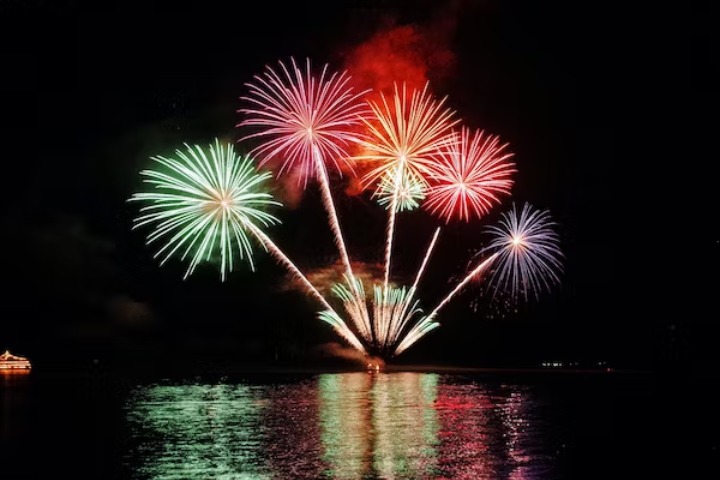 Image credit – Unsplash.com
Image credit – Unsplash.com
Some major firework festivals you can think about attending this year (if they’re not on your list already) are the Sumida River Fireworks Display (July 29, 2023), the Nagaoka Fireworks Festival (August 2 and 3, 2023), and the Omagari National Fireworks Competition (August 26, 2023). However, if you’re not in the country at the time or just aren’t able to make it to any of these, don’t worry; we got you! There are more festivals you can check out during the fall, such as the Tsuchiura National Fireworks Competition in November and the Chichibu Night Festival Fireworks in December.
Related Articles:
- Nagaoka Hanabi Matsuri – All About the Nagaoka Fireworks Festival
- Summer in Japan Series 2: Summer Festival Guide
- Your Summer Trip Itinerary: Things to Do in Aomori and Sendai
Nagaoka Hanabi Matsuri – All About the Nagaoka Fireworks Festival
Featured image credit – Unsplash.com

